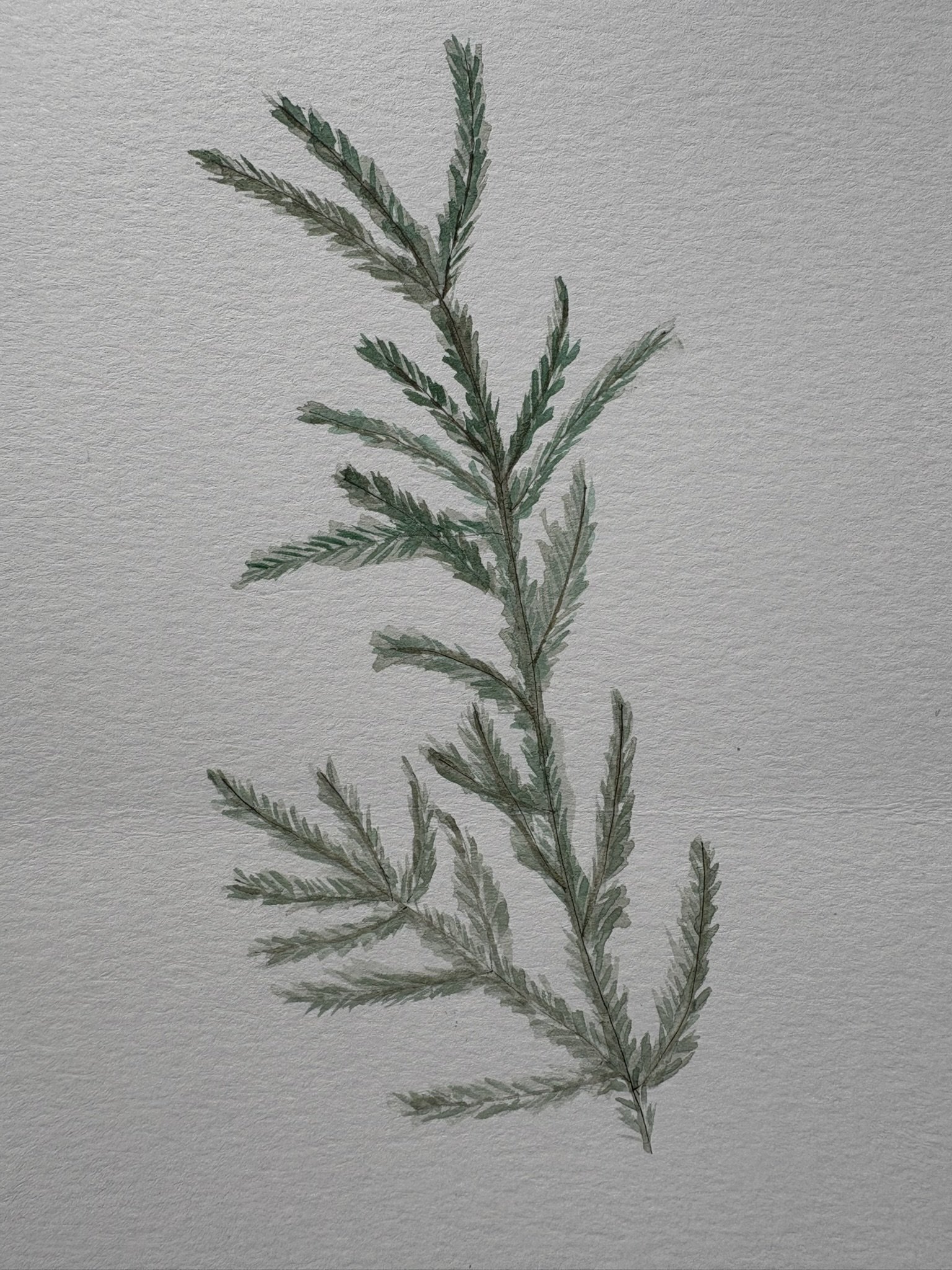When you're out running the same trails through seasons, shifting weather, and varying times of day, you start to notice the small things. The branch bent by howling winds. The way the sun breaks down the cool forest fog. The reaching growth of a sapling. The flush of mushrooms after the rain.
As I watched the wild of the Monterey forest change, the wild within reclaimed a little space. I watched that, too: the rewilding of myself. With care, I protected that nascent inner wild so that it grew resilient enough to be a place from which to live rather than visit. The world feels different from this rewilded place. More expansive. Shorn of the limiting stories that restrict who we are and who we can be, there's an abundance of freedom. You quickly realize that the map is not the territory.
I've let limiting stories define me in the past. Many years ago, I quit a 50 mile ultramarathon halfway through. Though I was undertrained going in, I let that truth narrow what was possible. After picking up running again, I went back to the same race determined to finish the challenging route through the Marin Headlands. Race officials pulled us off the course at the last aid station with just a few miles left because a runner had an incident with a coyote. They dropped us off at the start and I ran laps around the parking lot until I covered the remaining miles. The wild in me demanded redemption. I've heard someone say that ultras can be an opportunity to spend time with a version of yourself that you don't always get to see. Jasmin Paris, the first woman to finish the infamous Barkley Marathons, reflects that "modern society is built on this idea that safety is civilization and what we've built up around ourselves to separate ourselves from the wilderness. . . . where I feel safe is actually those wild places." On those rolling coastal trails, I felt safe where the wild things are, with a wild version of myself.
Adventures like these can strip away what doesn't serve you and leave you in a raw afterglow. Still in that liminal place a week later, my brother shared a social media post with me:
"Transformation work is a practice. In systems designed to stop us from imagining alternatives, the only way we cultivate other realities is through practice. Rehearsing freedoms. Which is to say we're going to get things wrong and need safe space to do so."
I felt this in my body. Transformation work happens everywhere. Freedom is a practice. Living from the wild place lets us imagine alternatives.
Over the years, I've quieted or ignored without a thought an inner voice begging me to show some curiosity towards myself. The strength and clarity of those calls varied. For the longest time, I had no idea that those thoughts might have anything to do with gender identity. Though the map is not the territory, I didn't even have the map. In the wild state I was in during the weeks that followed the race, I was finally ready to listen.
I had to allow myself the possibility that I could be wrong about my gender identity before I could begin to question it. I needed the safety of the wild. And once I allowed for that, once I let my roots dig into this wild space, curiosity took over and guided the way. In the time since that initial impulse to explore, I've rehearsed my own freedom enough to know that the little box given to me marked "cisgender man" is inadequate. The most authentic version of me contains multitudes. Different words point to parts of my rewilding growth (queer, trans, nonbinary, genderfluid), but they will never capture it all. Language cannot cage a wild thing.
There is something wild in all of us. Give it your care and it may surprise you.

